There are currently two names storms in the Atlantic, but it is a yet unnamed tropical wave that is the biggest concern over the next week or so.
Atlantic Hurricane Season

A second storm, Tropical Storm Bonnie, formed at the tail end of May. Tropical Storms Colin and Danielle developed in June before a lull in tropical activity. Earl formed at the end of July and briefly became a hurricane on August 3rd before making landfall in Central America.
The hurricane season usually ramps up significantly in late August and peaks on September 10th. It is not surprising, therefore, that there has been an uptick in tropical activity over the last few days.
Fiona is in its dying stage after becoming a tropical storm and should dissipate over the next day or two. Gaston is a newly formed tropical storm and may become the strongest Atlantic system so far this year. Thankfully, Gaston will remain out to sea and should not impact land.

Setting the Stage
Conditions appear to be favorable for an active middle of the hurricane season. The National Hurricane Center recently increased their predictions for the number of storms to develop this year, and some independent forecasters have been calling for an active year for months.

The water temperatures across the tropical Atlantic are above normal. Temperatures are particularly warmer than average along the East Coast of the United States, with the biggest anomalies near the Mid-Atlantic and New England.
Looking at years with a similar pattern of sea surface temperatures across the globe, tropical development is increasingly likely off the coast of the Southeast United States and Mid-Atlantic region.
In the most similar year, 1954, New England was struck by a Category 3 Hurricane, Carol and a strong Category 2 storm, Edna, within the span of about 10 days.
This does not mean a hurricane will strike the Mid-Atlantic or New England, but even these northern areas should remain vigilant over the coming weeks.
Waiting for Hermine
In addition to Fiona and Gaston, there is a strong topical wave that has been tracking across the Atlantic over the past few days. While the official National Hurricane Center forecast gives this system a 60% chance of development in the coming days, conditions do appear favorable for the eventual development of the next named storm: Hermine (pronounced her-MEEN). The Hurricane Hunters are scheduled to fly into this system today to better investigate it.
Conditions, both in the short term environment and the climatology, favor development as this wave passes near or just north of Puerto Rico towards the Bahamas.
Computer models are in generally good agreement that this system will be near the Bahamas by the end of this week. And while tropical cyclone predictions are notoriously difficult this far out, there is certainly cause for concern.
The latest version of the European model, for example, takes a storm into south Florida, into the eastern Gulf with a second landfall in north Florida and then a track along the southeast coast before moving out into the Atlantic Ocean. The American GFS model shows a similar possibility.
This tells me that this is something to be watched over the coming days. Anywhere from the eastern Gulf of Mexico to the Carolinas should keep an eye on this system. The uncertainty in strength and path remain high.
Finger Lakes Drought Relief
I have heard a number of comments about needing a tropical system to break the drought in the Finger Lakes. My advice to this is to be careful what you wish for. While a tropical system could certainly put a large dent in the drought, they can also easily cause many more problems.
In August 2011, much of the Finger Lakes were in a D1 Moderate Drought status. During the end of August and early September, two tropical systems moved into the area. The first, Hurricane Irene, caused significant flooding across eastern New York and New England. The second, Tropical Storm Lee, caused historic flooding across the Southern Tier.
If the tropical wave does develop into Hermine and impact the Southeast, the current expectations would be for this system to remain well south of the Northeast. This could always change, given that it is about 10 days away.
However, with the stage set for tropical development along the east coast, tropical activity in our area is a possibility during the next couple of months. I will certainly be keeping my eyes on the tropics closely right through October.


Tim Springston
Don’t even mention Lee, I still have PTSD from Lee.
Meteorologist Drew Montreuil
I am very sorry to hear that but completely understand.
Peter Readel
Qis there a site that you could add to your postings that shows the tracks of ongoing hurricanes/tropical depressions?
Meteorologist Drew Montreuil
I’ll first refer you to the National Hurricane Center at http://www.nhc.noaa.gov.
I had a map on my other site that I am hoping, when time allows, to adapt and upgrade for this site.